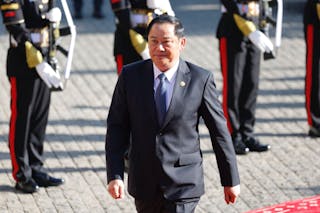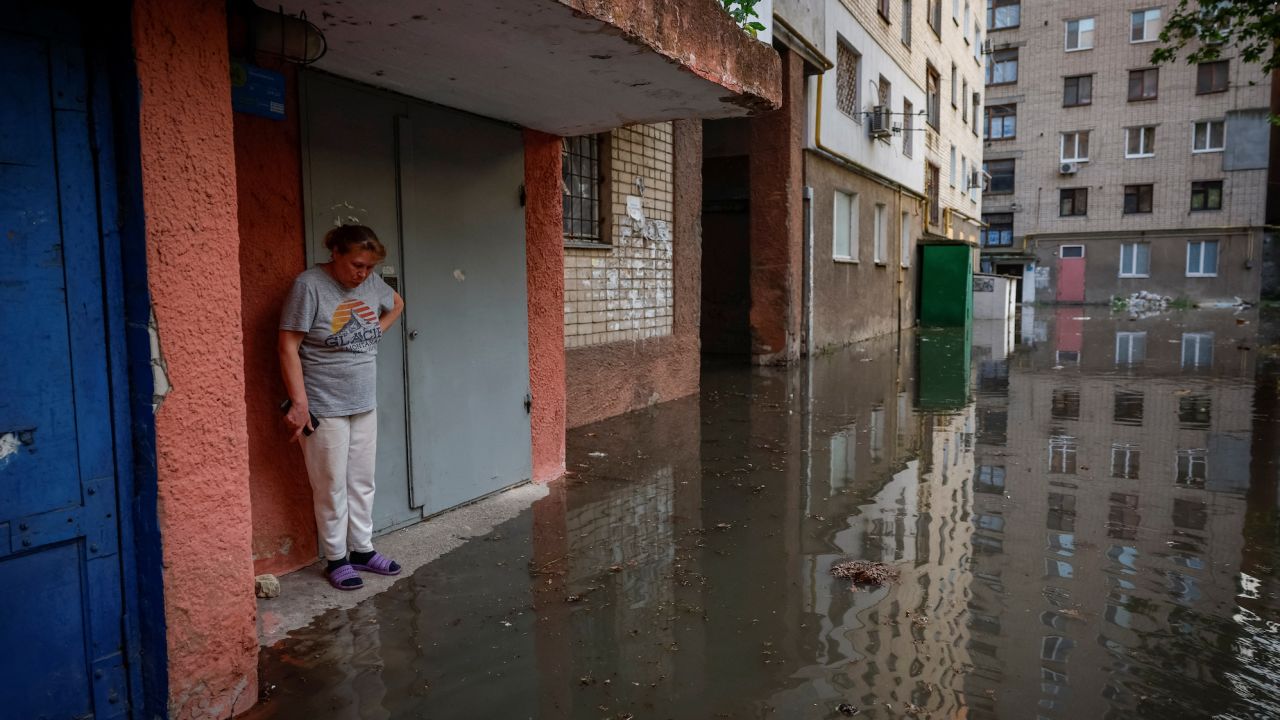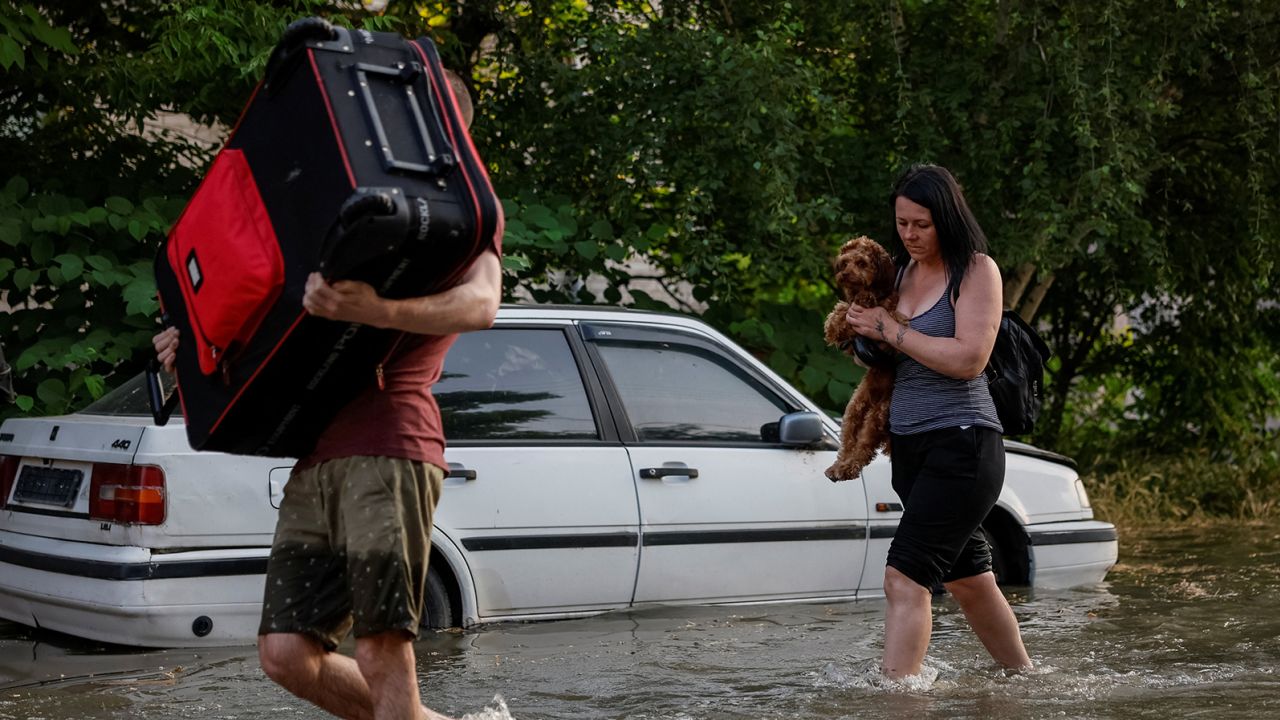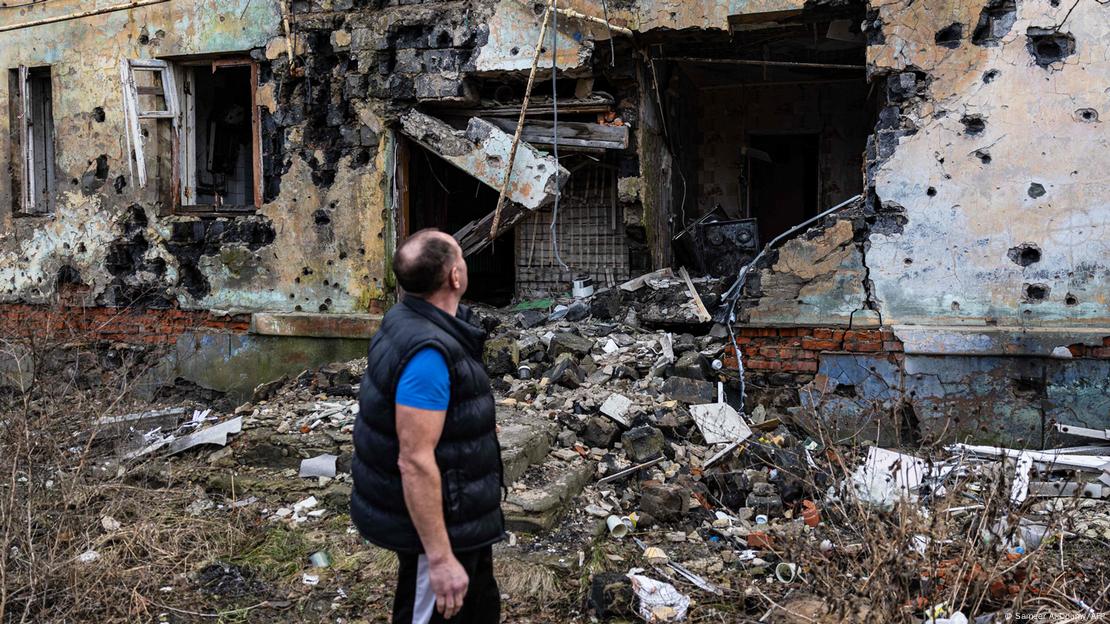
END
ANTI-2SLGBTQIA+
HATE AND VIOLENCE
IN CANADA
WRITE TO CANADIAN PRIME MINISTER JUSTIN TRUDEAU
During Pride month, call on Prime Minister Justin Trudeau and the Government of Canada to reaffirm support and solidarity for 2SLGBTQIA+ communities in Canada. You will be able to view and edit your message before it is sent.
In 2023 alone, Canada has seen a surge in anti-2SLGBTQIA+ hate motivated attacks through vandalism of Pride flags in peoples homes, schools in Nova Scotia, and Halifax, and anti-2SLGTBQIA+ protests at a children's drag story event in Montreal. In April 2023, the township of Norwich, Ontario voted to exclude pride and other non-civic flags from being displayed on municipal property. In the same month, a youth-led anti-trans group called Save Canada disrupted an International Day of Pink event being held at a local school in Ontario that was commemorating North America’s 2SLGBTQIA+ civil rights movement known as the Stonewall Riots.
“More anti-LGBT+ demonstration events have already been recorded in Canada so far this year than in all of 2021 and 2023 is on track to exceed 2022.”
- Sam Jones, Armed Conflict Location and Data Project.”
In the face of rising hate, violence, abuse and attacks on the human rights of 2SLGTBQIA+ communities, we need urgent action to prevent hate from gaining more traction in Canada.
ACT IN SOLIDARITY WITH 2SLGBTQIA+ COMMUNITIES IN CANADA
Read Amnesty's blog Anti-2SLGBTQIA+ Hate in Canada Must End
Read Amnesty’s blog about the impact of Uganda’s ‘Anti-Homosexuality Bill’ on Ugandan LGBTI+ communities
Read Amnesty’s Report Pandemic or Not: We Have the Right to Live to learn more about the impact of the COVID-19 pandemic on LGTBQI+ communities across Asia and the Pacific Islands
Listen to the Podcast “Why has it become harder to get gender-affirming healthcare in Ontario”
Listen to the Podcast “How anti-trans hate speech online leads to real-world violence”.




















